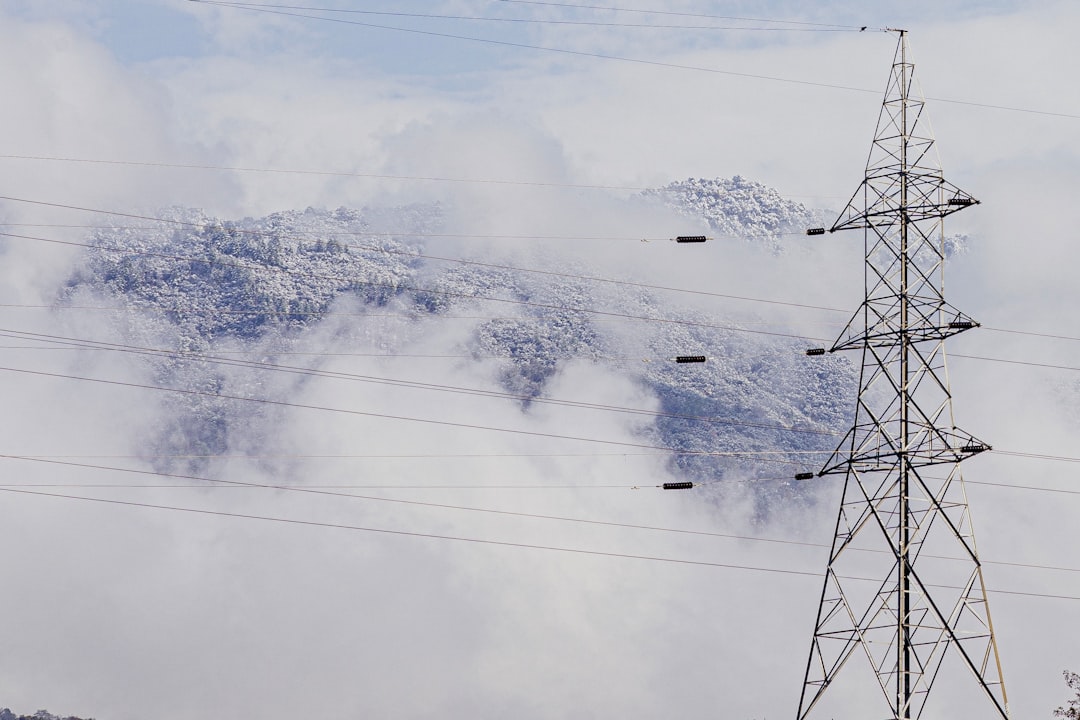What is it about?
Nowadays Agents in smart grids are based on utilizing intelligent Electronic Devices (IEDs) [1]-[3] to manage the fault, restore the service, and then improve the network reliability [4]-[5]. The main contribution of this paper is presenting a modified centralized control depending on the fault-location determination in order to reduce the used devices for accomplishing the fault management procedure. The modified centralized control utilizes the output of a presented fault location algorithm to identify the probable faulted section. Then, isolating the faulted section is accomplished through control signals between the lateral panel substation and the faulted section isolators. The sequence of these signals is accomplished via a proposed manner to overcome the error of the fault-location estimation. The communication hops' number is, also, reduced as compared with the centralized and decentralized methods [1]. Further, the problems resulting from using IEDs [1]-[2] are eliminated especially in earthed distribution networks with distributed generations presence or unearthed networks where the presented fault locator is applicable for the earthed and unearthed distribution networks. [1] M. Nordman and M. Lehtonen, An agent concept for managing electrical distribution networks, In: IEEE Trans Power Delivery, April.2005;20:696-703. [2] N. Tarhuni, N. Elkalashy, T. Kawady, M. Lehtonen, Autonomous Control Strategy for Fault Management in Distribution Networks, In: Journal of Elect. Power Syst. Res, April 2015;121:252-59. [3] F. H. Malik, and M. Lehtonen, Agents in smart grids, In: Elect. Power System Research, 2016;131:71-79. [4] S. Kazemi, M. Lehtonen, R. Millar, Impact of automatic loop restoration schemes on service reliability, IET conference on Reliability of transmission and distribution networks (RTDN), 2011.p.1-6. [5] S. Kazemi, M. Fotuhi-Firuzabad, M. Pasand, and M. Lehtonen, Impact of automatic control systems of loop restoration scheme on the distribution system reliability, In: IET Gen Transm Distrib, 2009; vol.3, no. 10:891-902.
Featured Image
Why is it important?
The main contribution of this paper is presenting a modified centralized control depending on the fault-location determination in order to reduce the used devices for accomplishing the fault management procedure. The modified centralized control utilizes the output of a presented fault location algorithm to identify the probable faulted section. Then, isolating the faulted section is accomplished through control signals between the lateral panel substation and the faulted section isolators. The sequence of these signals is accomplished via a proposed manner to overcome the error of the fault-location estimation. The communication hops' number is, also, reduced as compared with the centralized and decentralized methods [1]. Further, the problems resulting from using IEDs [1]-[2] are eliminated especially in earthed distribution networks with distributed generations presence or unearthed networks where the presented fault locator is applicable for the earthed and unearthed distribution networks. [1] M. Nordman and M. Lehtonen, An agent concept for managing electrical distribution networks, In: IEEE Trans Power Delivery, April.2005;20:696-703. [2] N. Tarhuni, N. Elkalashy, T. Kawady, M. Lehtonen, Autonomous Control Strategy for Fault Management in Distribution Networks, In: Journal of Elect. Power Syst. Res, April 2015;121:252-59.
Perspectives
The incorporation of the fault location in the fault managment procedure needs more enhancement.
mahmoud elsadd
Minoufiya University
Read the Original
This page is a summary of: Incorporating earth fault location in management-control scheme for distribution networks, IET Generation Transmission & Distribution, July 2016, the Institution of Engineering and Technology (the IET),
DOI: 10.1049/iet-gtd.2015.1143.
You can read the full text:
Contributors
The following have contributed to this page










